ARS ELECTRONICA ARCHIVE - PRIX
Der Prix Ars Electronica Showcase ist eine Sammlung, innerhalb derer die Einreichungen der KünstlerInnen zum Prix seit 1987 durchsucht und gesichtet werden können. Zu den Gewinnerprojekten liegen umfangreiche Informationen und audiovisuelle Medien vor. ALLE weiteren Einreichungen sind mit den Basisdaten in Listenform recherchierbar.
Convergence
Alexander Schubert
321240Original: Alexander_Schubert_-_Convergence_Ensemble_Resonanz_KampnagelEclat.mp4 | 1920 * 1080px | 34m 25s | 445.3 MB
321243Original: Alexander_Schubert_-_Presentation_Convergence_Eclat_Festival_Presentation_Series.mp4 | 1280 * 720px | 85m 49s | 1.1 GB
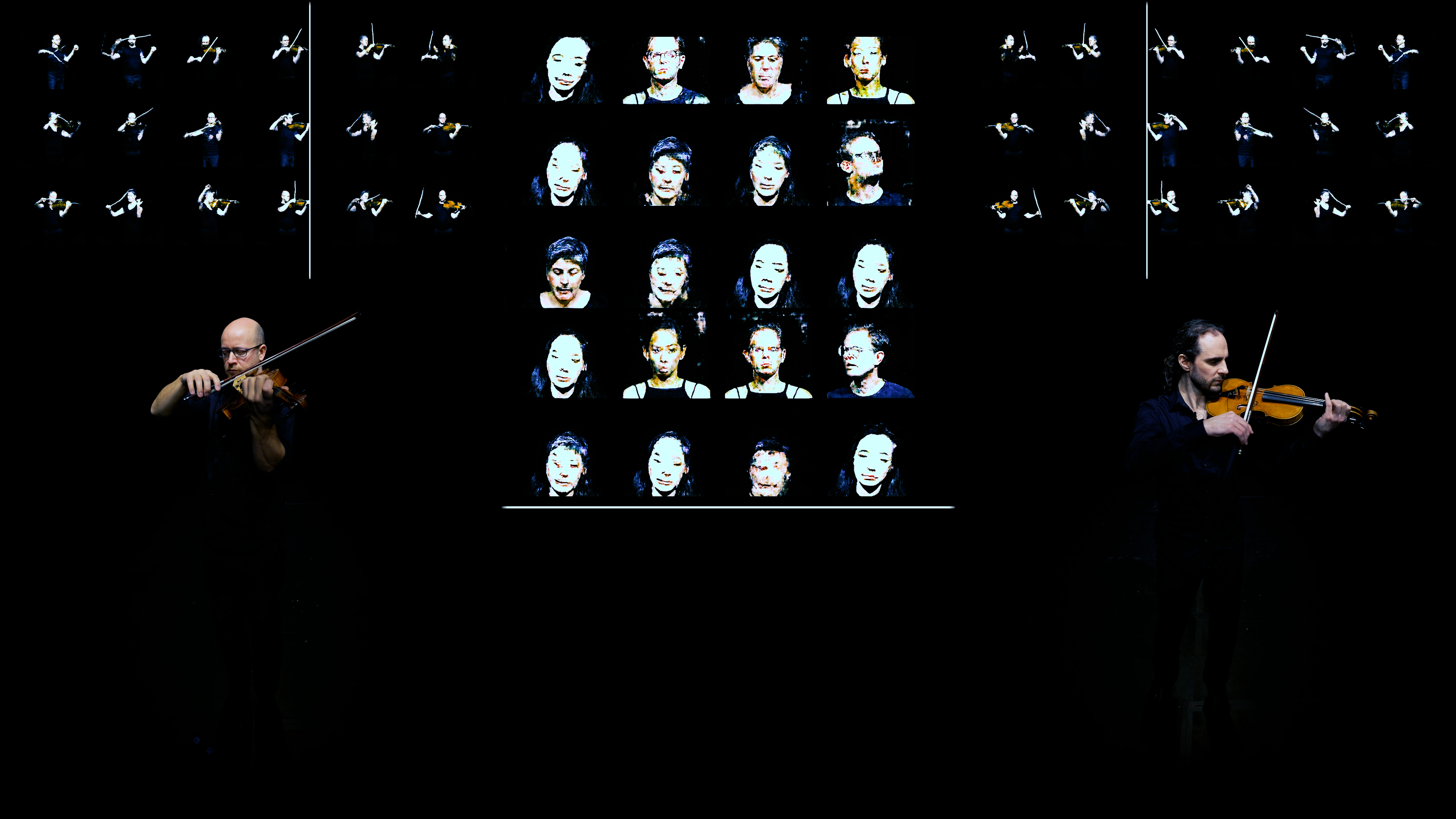
Original: DM_210737_256470_AEC_PRX_2021_convergence_2_3122140.jpg | 3840 * 2160px | 1.1 MB | Alexander Schubert
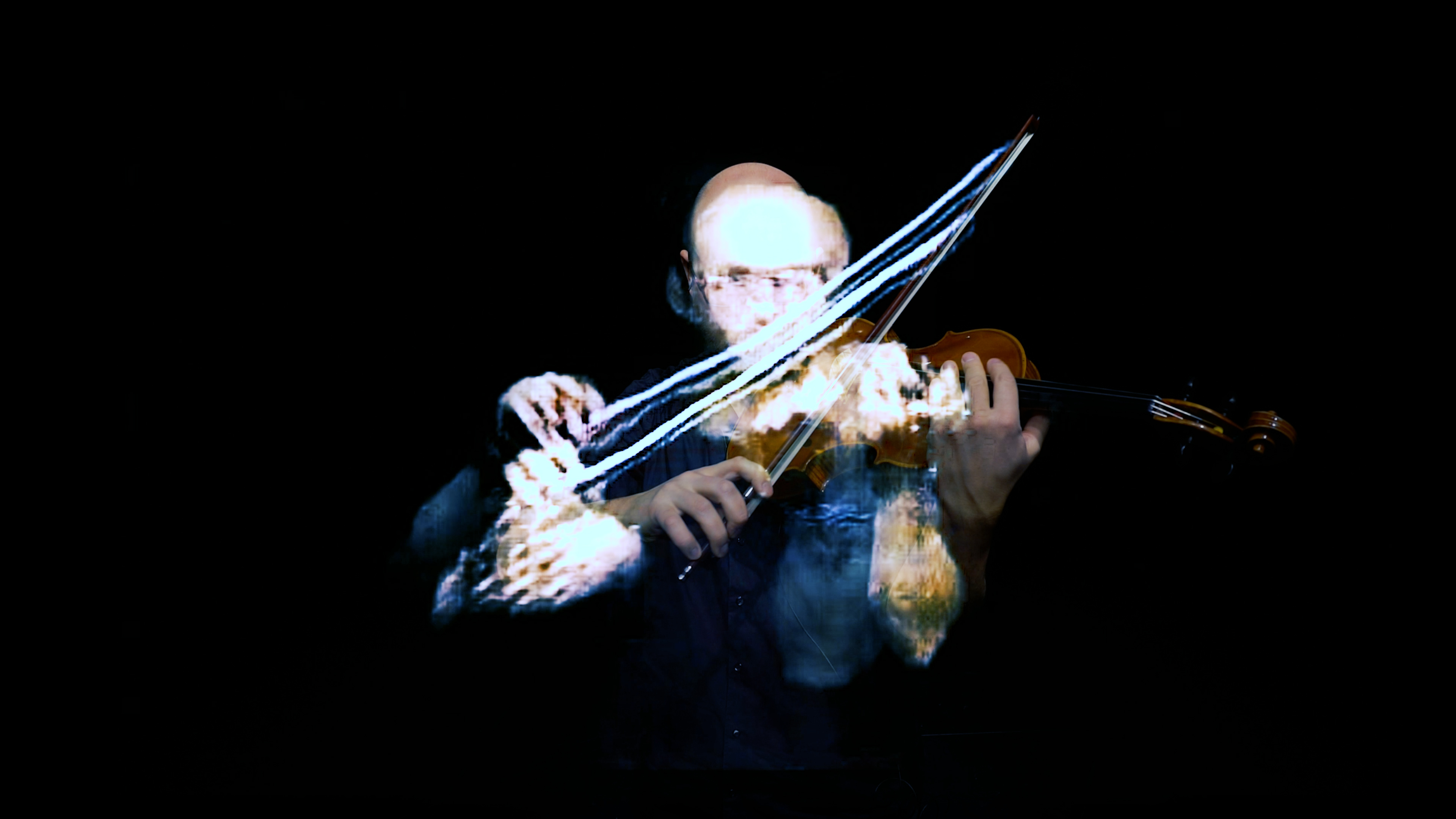
Original: DM_210737_256470_AEC_PRX_2021_convergence_4_3122144.jpg | 3840 * 2160px | 759.0 KB | Alexander Schubert
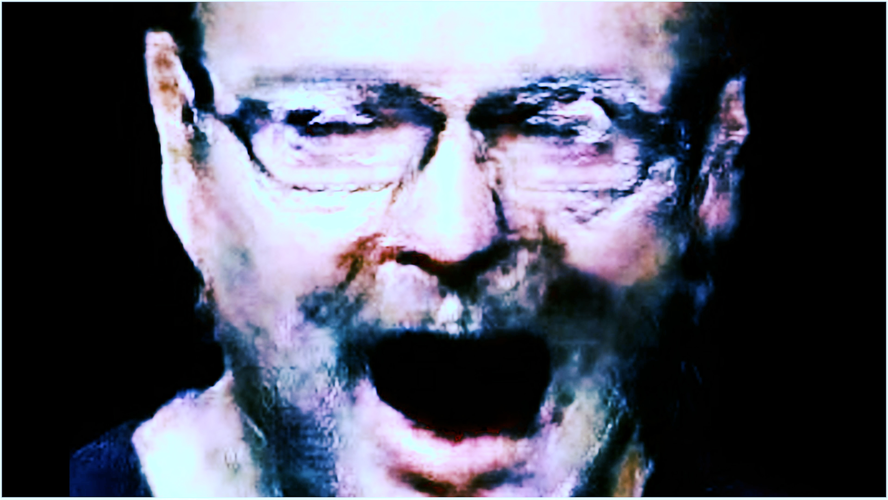
Original: Convergence_18.jpg | 3840 * 3840px | 1.2 MB | Alexander Schubert
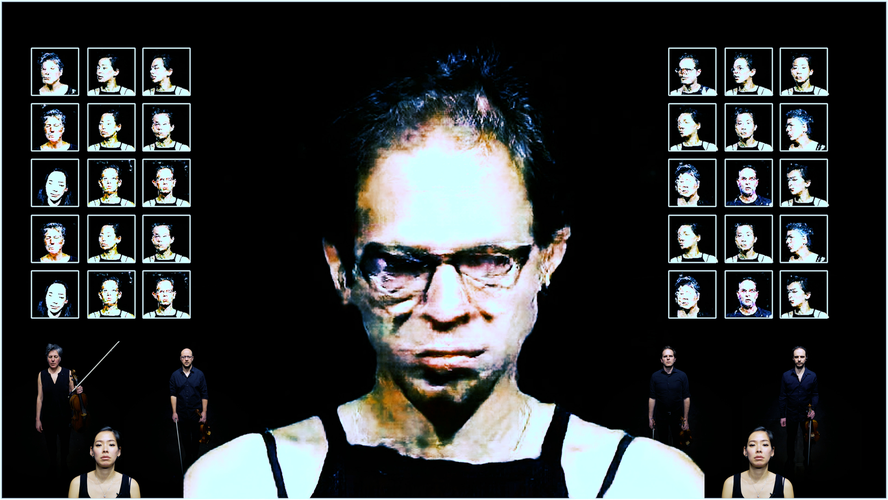
Original: Convergence_24.jpg | 3840 * 3840px | 1.7 MB | Alexander Schubert
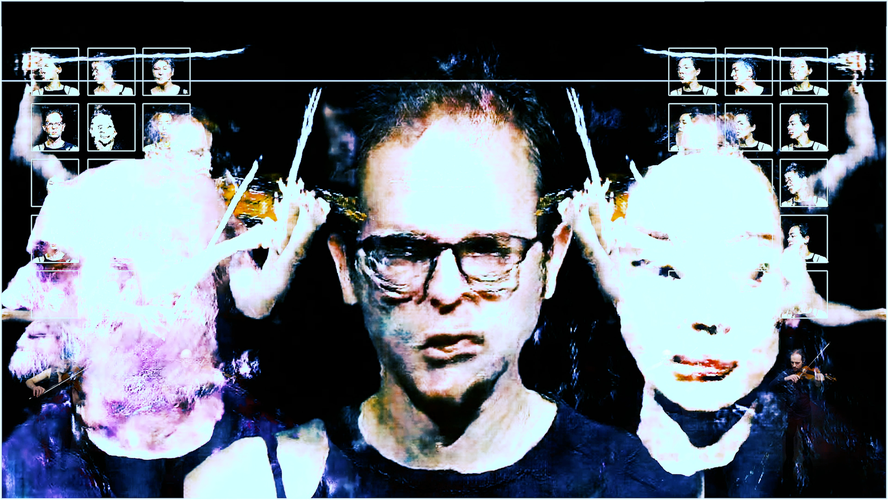
Original: Convergence_27.jpg | 3840 * 3840px | 2.3 MB | Alexander Schubert
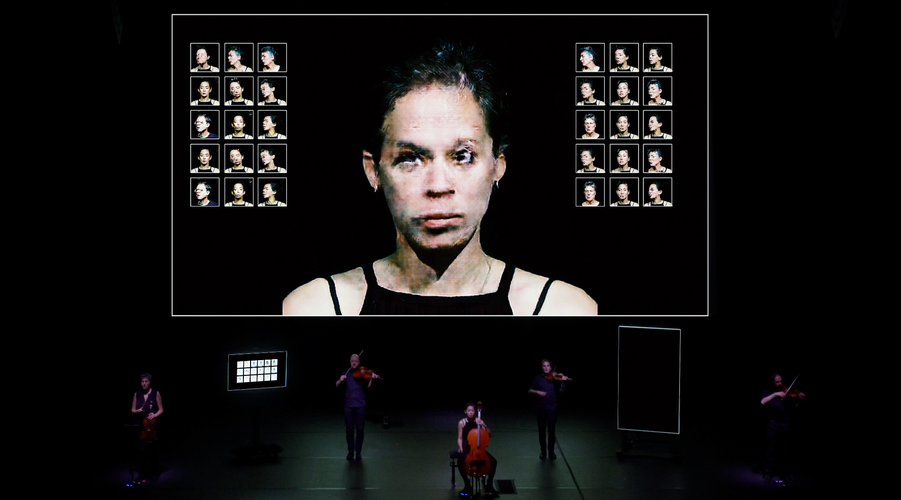
Original: convergence_staged_version.jpg | 1895 * 1895px | 560.2 KB | Alexander Schubert
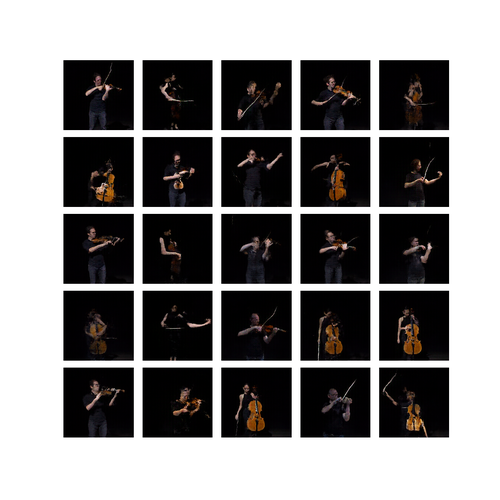
Original: instruments_mosaic_ep40.png | 1080 * 1080px | 849.8 KB | Alexander Schubert
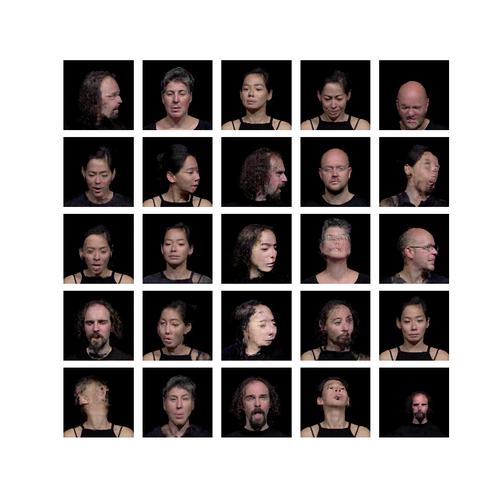
Original: violin_mosaic_ep79.png | 1080 * 1080px | 698.4 KB | Alexander Schubert
Convergence uses the concept of Artificial Intelligence to learn features of human musicians and then recreate new entities based on these recordings. In the piece the players interact with their generated counter-parts. They see theirselves transform and reshape. The technology used is centered around Auto-Encoders (and GANs). Metaphorically they demonstrate a world that is constructed and parametric. The friction between machine perception and human world perception is the starting point for questions that address the fluidity of the self and the restrictions of perception.
Human world and self models are parametric systems that make abstract assumptions and classifications of our surroundings. These processes happen partly subconscious and unreflected. They give us the impression of an absolute truth or reality, as the constructed concepts, identities and beliefs are persuasive and internal. That these constructive models are fluid and subject to change is examined through the use of AI in this context. Auto-Encoders allow a formalization of the input data —in this case faces, bodies, and voices. The deep learning yields a low-dimensional—abstract or high-level— description of the input. Contrary to our black box human mind, the high level parameters in the algorithm are accessible and can be edited and transformed.
In this sense the AI systems makes it possible to warp the representation of the human performers, thus stressing the fluidity of the modeling: A different person, character trait, evaluation, or gender is far less substantially disparate as the subject would anticipate. The transformation of the parameters posses the character of (social, societal, clinical, or biological) mind-altering states. The AI system is used to enable this altering with the aim to question the robustness and immobility of identity and world models. It tries to expose the internal constructiveness and in this sense works as a mirroring device. It recreates partial aspects of our perception and classification and through its alteration allows the viewer to draw a parallel to our own mental world building processes.
Listen to me now
I want to ask you a few questions
How do we differentiate
if it is a hallucination,
a dream
or clean perception?
All perception is constructive
No representation is absolute
Everything is encoded
and decoded
We are parametric
Everything parametric can be altered
parameter by parameter
That is the definition of such a model
Normally, we don’t see these sliders
these values
these adjustment dials
But they can move into our consciousness
through illness
through hallucination
through drugs
through psychotic states
or through computation processes
like in this case
We then see the constructive aspect of it
That everything we do
is based on encoding and decoding
When we look at a partner
we can create a loop
A perception and adjustment loop
We can exponentiate that process
by looking into a mirror
This is what we will do now
Recursive loops
You
And Me
Regression curls
Segregation twirls
Adaptive coils
A semi-transparent foil
I don’t know more than you do
I’m also just a mirror of you
As I provide a mirror for you
In a loop,
we can try to turn the opacity
of our perception into opaque variations
Like a brain lesion
a mesmerizing distortion
As in a sleep-deprived state
Drifting off into a halfword
of a dreamlike morphed reality
Where we see that other representations
of us are possible
That our self is fluid,
fragile,
constructed
and diverse
post human
Like a genetic defect
beautifully disturbed
genetically enhanced
adjusted
In a recursive loop
I encode and decode myself,
in an eternal loop
Exaggerating every feature
Like a facial distortion
Like an unsupervised inbreed
Out of control
Go to sleep, child
Dream off now
Saturate with closed eyes
Dreaming, of a future
and an optimized tomorrow
Hand in hand,
sliders adjusted,
The night sky setting,
as the values adjust
Peaceful
Invisible
A clear view of the night
Through a transparent interface
Always on
Always present
And
Always
Loving
Text excerpts Convergence, Alexander Schubert
Human world and self models are parametric systems that make abstract assumptions and classifications of our surroundings. These processes happen partly subconscious and unreflected. They give us the impression of an absolute truth or reality, as the constructed concepts, identities and beliefs are persuasive and internal. That these constructive models are fluid and subject to change is examined through the use of AI in this context. Auto-Encoders allow a formalization of the input data —in this case faces, bodies, and voices. The deep learning yields a low-dimensional—abstract or high-level— description of the input. Contrary to our black box human mind, the high level parameters in the algorithm are accessible and can be edited and transformed.
In this sense the AI systems makes it possible to warp the representation of the human performers, thus stressing the fluidity of the modeling: A different person, character trait, evaluation, or gender is far less substantially disparate as the subject would anticipate. The transformation of the parameters posses the character of (social, societal, clinical, or biological) mind-altering states. The AI system is used to enable this altering with the aim to question the robustness and immobility of identity and world models. It tries to expose the internal constructiveness and in this sense works as a mirroring device. It recreates partial aspects of our perception and classification and through its alteration allows the viewer to draw a parallel to our own mental world building processes.
Listen to me now
I want to ask you a few questions
How do we differentiate
if it is a hallucination,
a dream
or clean perception?
All perception is constructive
No representation is absolute
Everything is encoded
and decoded
We are parametric
Everything parametric can be altered
parameter by parameter
That is the definition of such a model
Normally, we don’t see these sliders
these values
these adjustment dials
But they can move into our consciousness
through illness
through hallucination
through drugs
through psychotic states
or through computation processes
like in this case
We then see the constructive aspect of it
That everything we do
is based on encoding and decoding
When we look at a partner
we can create a loop
A perception and adjustment loop
We can exponentiate that process
by looking into a mirror
This is what we will do now
Recursive loops
You
And Me
Regression curls
Segregation twirls
Adaptive coils
A semi-transparent foil
I don’t know more than you do
I’m also just a mirror of you
As I provide a mirror for you
In a loop,
we can try to turn the opacity
of our perception into opaque variations
Like a brain lesion
a mesmerizing distortion
As in a sleep-deprived state
Drifting off into a halfword
of a dreamlike morphed reality
Where we see that other representations
of us are possible
That our self is fluid,
fragile,
constructed
and diverse
post human
Like a genetic defect
beautifully disturbed
genetically enhanced
adjusted
In a recursive loop
I encode and decode myself,
in an eternal loop
Exaggerating every feature
Like a facial distortion
Like an unsupervised inbreed
Out of control
Go to sleep, child
Dream off now
Saturate with closed eyes
Dreaming, of a future
and an optimized tomorrow
Hand in hand,
sliders adjusted,
The night sky setting,
as the values adjust
Peaceful
Invisible
A clear view of the night
Through a transparent interface
Always on
Always present
And
Always
Loving
Text excerpts Convergence, Alexander Schubert
Ensemble Resonanz
Co-developed with IRCAM, Paris
Audio Deep Learning Programming: Antoine Caillon, Philippe Esling, Benjamin Levy (Ircam)
Video Deep Learning Programming: Jorge Davila-Chacon (Heldenkombinat)
Convergence was developed as part of #bebeethoven, a project of PODIUM Esslingen.
Funded by Kulturstiftung des Bundes. Digital version commissioned by Eclat Festival.
Co-developed with IRCAM, Paris
Audio Deep Learning Programming: Antoine Caillon, Philippe Esling, Benjamin Levy (Ircam)
Video Deep Learning Programming: Jorge Davila-Chacon (Heldenkombinat)
Convergence was developed as part of #bebeethoven, a project of PODIUM Esslingen.
Funded by Kulturstiftung des Bundes. Digital version commissioned by Eclat Festival.
Alexander Schubert (DE) (1979) studied bioinformatics, multimedia composition. He’s a professor at the Musikhochschule Hamburg. Schubert’s interest explores the border between the acoustic and electronic world. In music composition, immersive installation, and staged pieces he examines the interplay between the digital and the analogue. He creates pieces that realize test settings or interaction spaces that question modes of perception and representation. Continuing topics in this field are authenticity and virtuality. The influence and framing of digital media on aesthetic views and communication is researched in a post-digital perspective. Recent research topics in his works were virtual reality, artificial intelligence, and online-mediated artworks. Schubert is a founding member of ensembles such as Decoder. His works have been performed more than 700 times in the last few years by numerous ensembles in over 30 countries.


